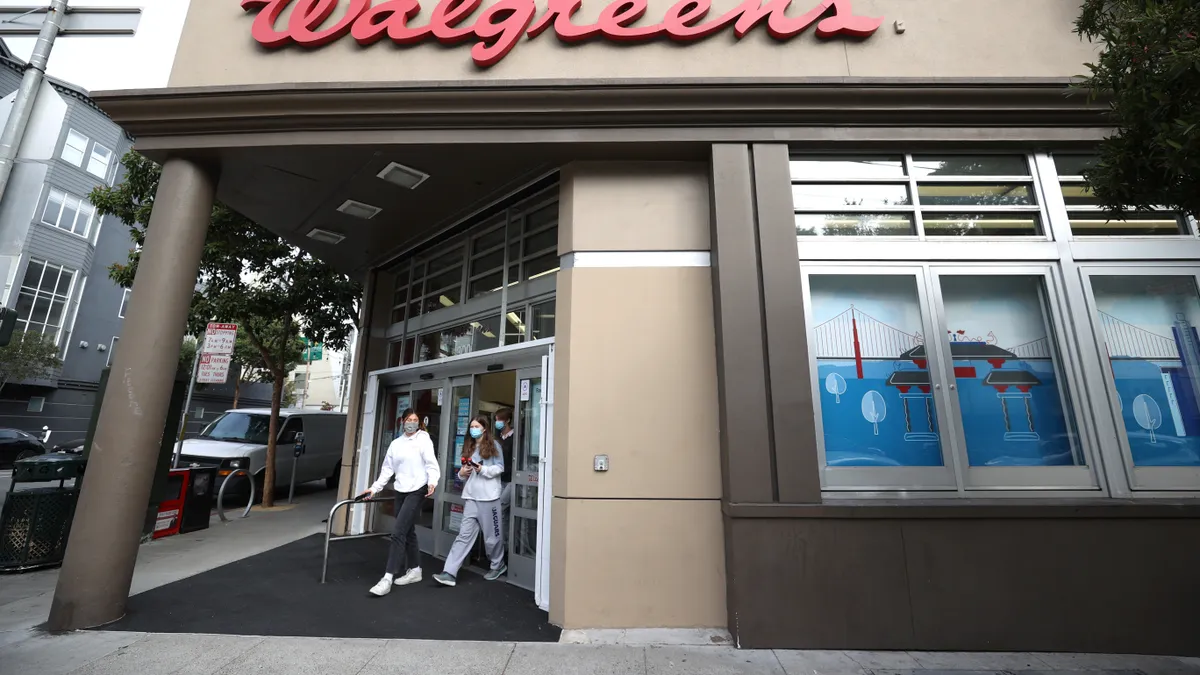To create better patient access and healthcare equity in its communities, Walgreens is striving to reimagine healthcare and expand its reach to transform an antiquated clinical trial model. As a result, the pharmacy company hired industry CRO veteran Ramita Tandon in November as chief clinical trials officer of Walgreens Health.
With more than 25 years of clinical trial and CRO experience, Tandon is looking to disrupt the industry by making participation in clinical trials easier to all communities by providing greater access to services, capitalizing on the deep patient insights already embedded in Walgreens data and leveraging technology to create better engagement with patient-consumers.
In addition, Walgreens Boots Alliance (WBA), the holding company for Walgreens has spent $5.5 billion in strategic investments in VillageMD, CareCentrix, and Shields Health, in its pursuit to create an interconnected healthcare system.
Only a month into her new position, Tandon, a 2018 PharmaVoice 100, discusses her unique industry role and how she is advancing WBA’s clinical trials strategy.
PharmaVoice: Why is your role as chief clinical trials officer a game-changer for the industry?
Ramita Tandon: Walgreens has a significant opportunity to create an interconnected healthcare ecosystem where we can use the physical assets of Walgreens and connect with patients and consumers at a local level to better support healthcare and healthcare equality. As part of the vision, the goal is to build out a new clinical trials business within the organization to transform how clinical trials are delivered in turn reducing patient’s burden to participate.
There are about 9,000 Walgreens stores across the United States and the goal is to create front-of-store Health Corners, which would allow folks who don’t always have access to care to receive an in-house doctor consultation, speak to a nurse or talk to a pharmacist as a first entry point, rather than going to the emergency room. By building out these co-located centers, we can meet patient’s needs — from screenings to tests to prescriptions and medications right on site. [It’s] a one-stop-shop scenario.
We recognize that the brick-and-mortar model of the Walgreens pharmacy stores — on both the front and back end — needs to change. The patient experience needs to evolve. Because Walgreens sits on a tremendous asset of a ‘live and breathing’ network of over 160 million-plus US consumers and patients who visit our local stores and the MyWalgreens app, we are in a unique position to disrupt the clinical trial value chain and reach a diverse population faster and tailored to meet their needs and preferences.
The company wants to mine this data and understand the patient at a deeper level. My goal is to build out an offering that helps manufacturers — the biopharma community, both large pharma companies as well as midsize and small biotechs — to connect to the patient populations they serve in ways they didn’t have access to before, especially in rare diseases. It’s about knitting the pieces and parts together. But, our vision to disrupt the healthcare ecosystem and create an interoperable health system is not going to happen overnight. It requires a tremendous amount of change and transparency. We want to be part of creating a process that doesn’t exist today. We want to support the acute and the post-acute care model going forward, which is also applicable to the clinical trial journey.
How does technology play into the strategy?
The goal is to create a tech-enabled offering, which is part of the growth strategy not just for Walgreens Health but for the clinical trial business. The idea is to understand the patient journey at a deeper level, and by bringing disparate sources together we can gain a better appreciation of how the patient has foundationally operated in the past. This information paints a better picture for the future in terms of finding ways to improve medication adherence.
We have consumers who walk into our Walgreens front store every day to pick up certain merchandise on a regular basis. Understanding this detail of customer preference and segmentation can be quite useful particularly in clinical trials, for example to create better protocols. We are sitting on so much information, but we can, and need to, do a better job of using these insights in a real-world setting, which can be translated to pharma R&D or brand management organizations. We’re all about patient-centric drug development.
We are currently working on understanding consumer purchasing habits and behaviors. We can use this data and cross reference against pharmacy scripts to derive insights that are very powerful for brand leaders. We can also then start to apply predictive analytics that inform not only clinical studies but patients as well.
How are you looking to connect the dots to create a seamless clinical experience for patients?
During the clinical trial journey, we know it’s a burden for patients to visit sites. We also know that 78% of patient-consumers in the U.S. live within five miles of a Walgreens. If a patient can complete much of the up-front clinical trial requirements at a local Walgreens, or conduct some of the visits digitally, it would make the whole clinical trial experience that much more positive and, maybe, encourage the patient to participate in new clinical trials going forward.
We want to provide services from start to finish along the clinical trial journey — patient enrollment, engagement and retention and more. At the end of the day, with patients and providers all in one ecosystem, we can support how pharma companies conduct clinical trials.












